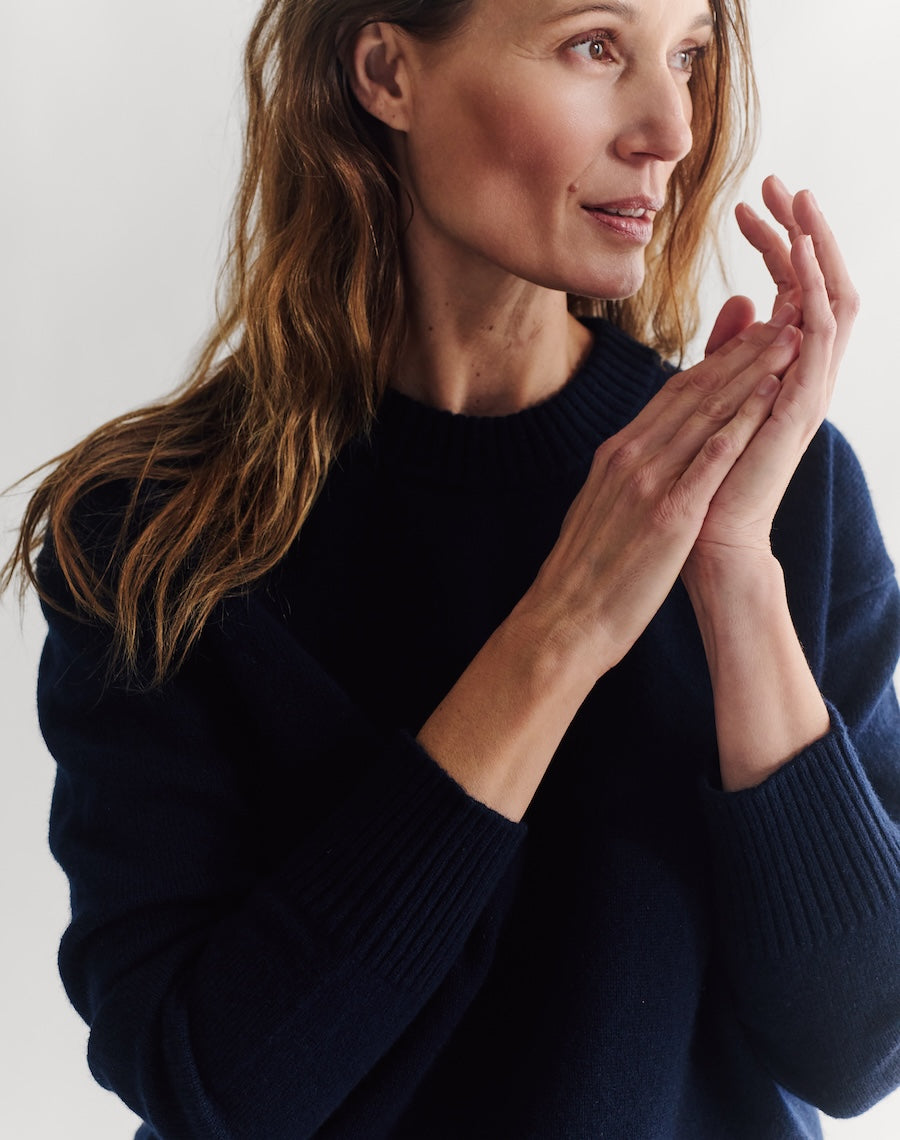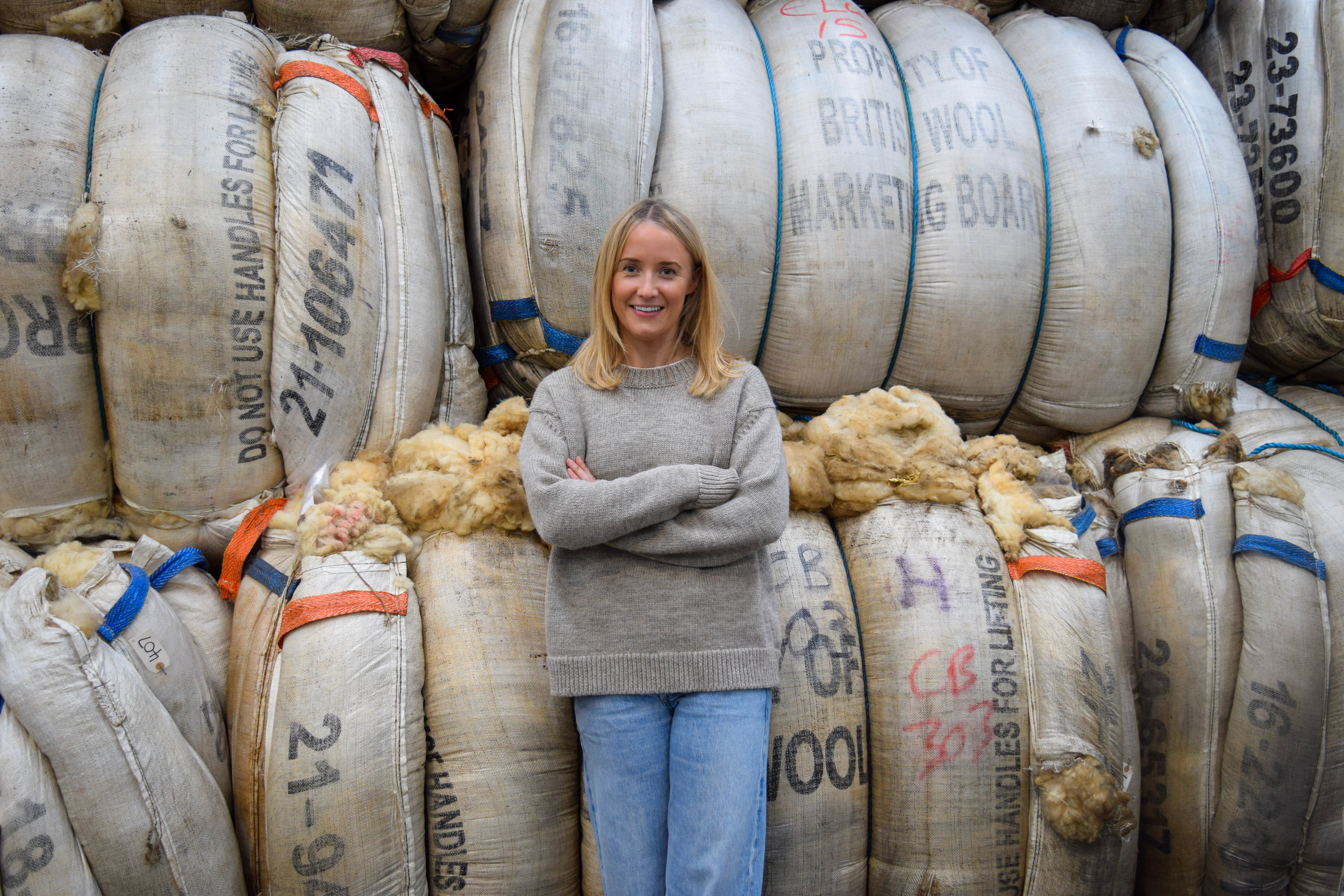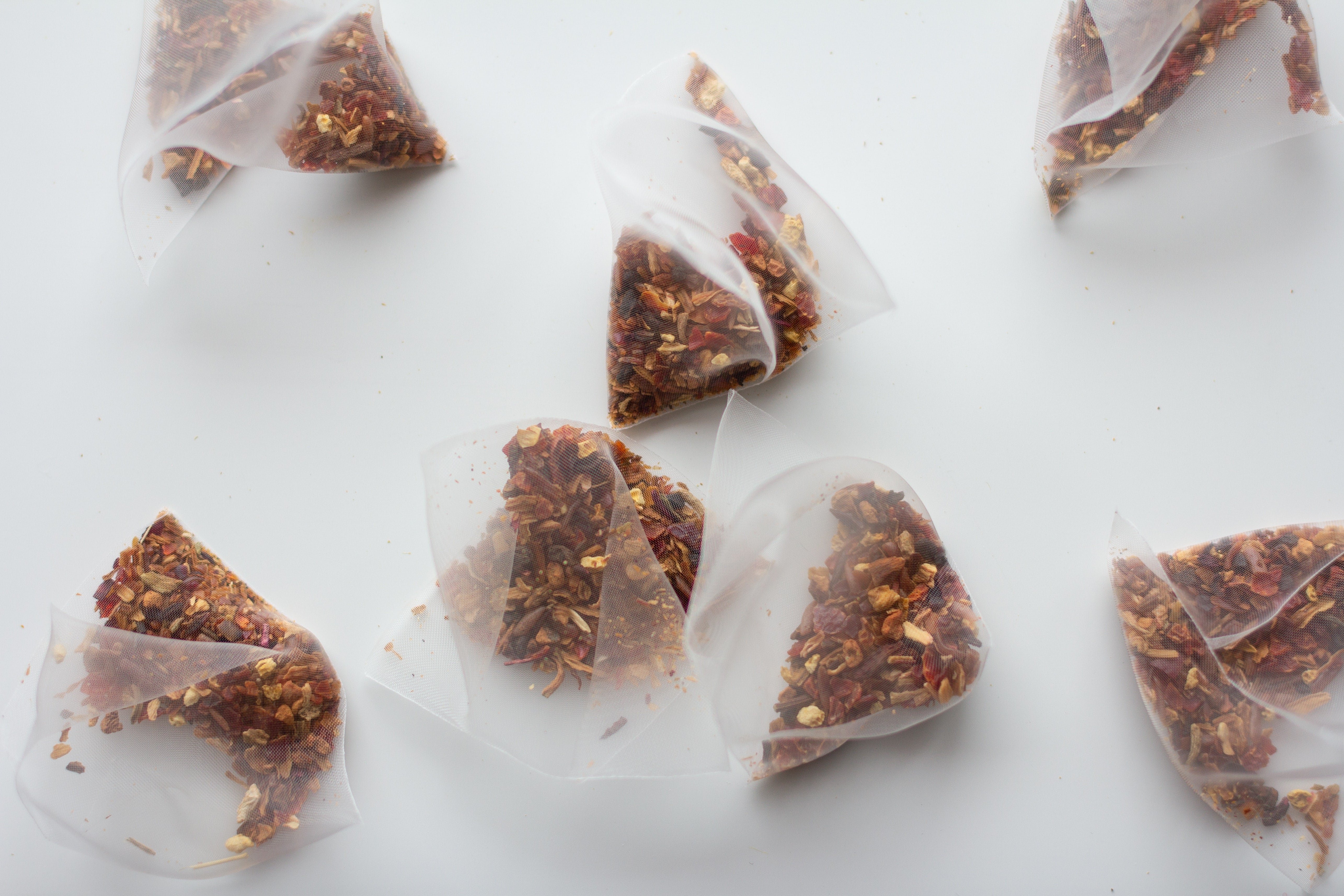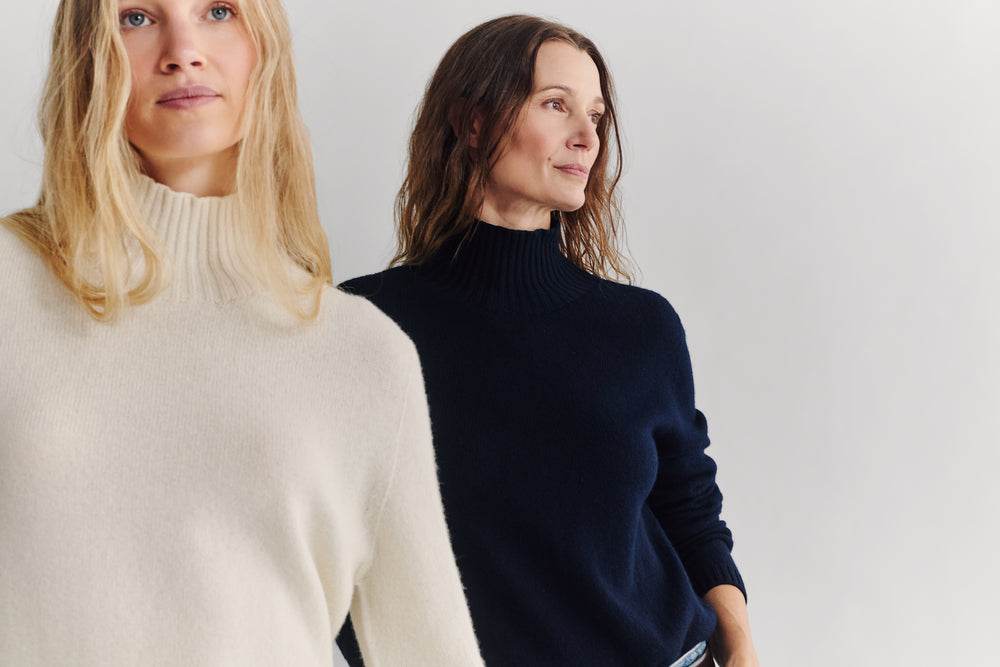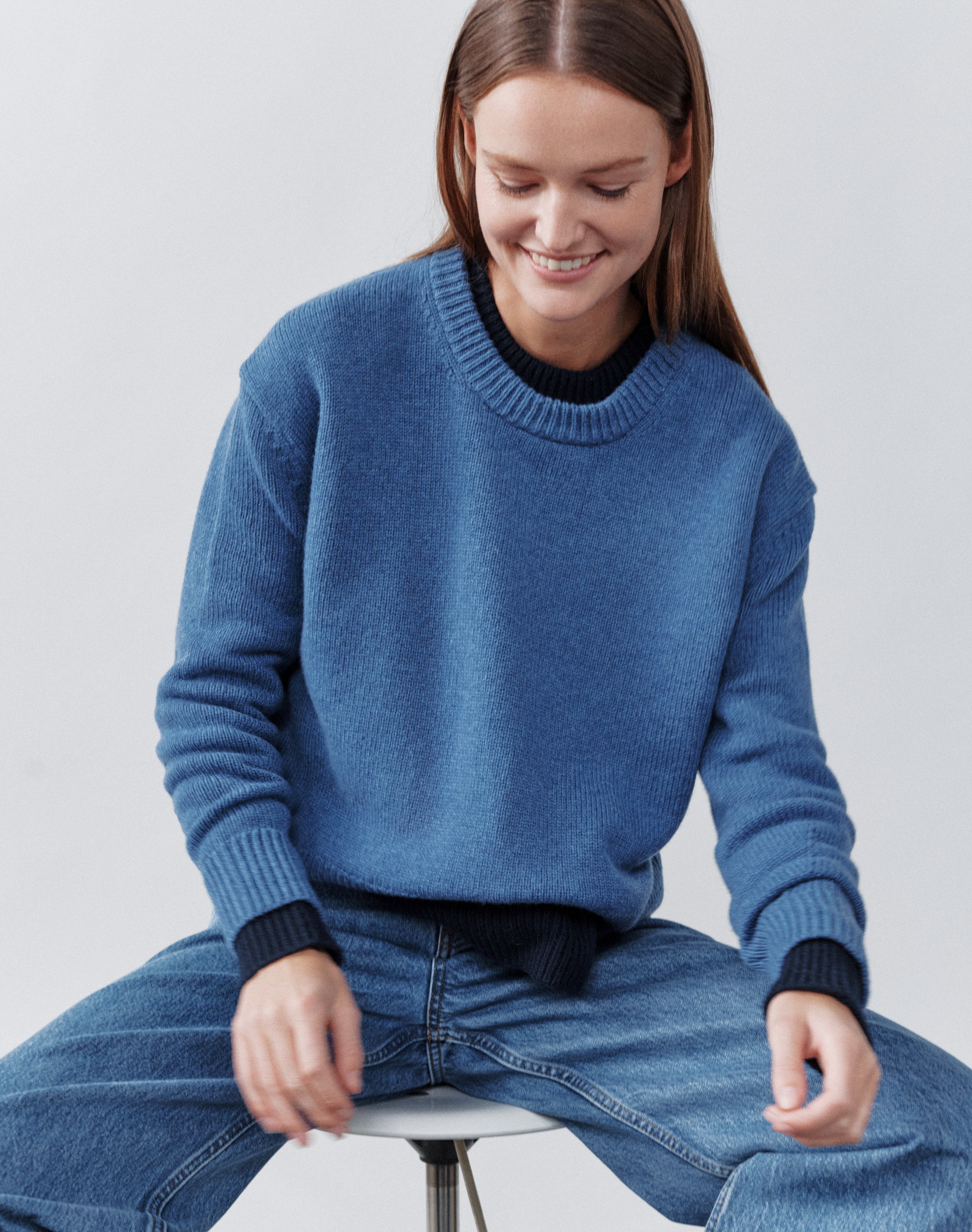Tea is part of British life – a tradition woven into the very fabric of our society. It helps us to gather our thoughts for the day ahead or wind down after a day of work.
We turn to it when we’re sick, shaken, sad or otherwise in need of comfort. But mostly, tea is something we don’t really think about – so much a part of our everyday life that we take it for granted – sipping it while we read our emails or catching up with the news.
Perhaps we can learn something from the traditional Japanese tea ceremony – where the act of preparing and drinking tea has been elevated to a spiritual, almost transformative experience.
While we’re not suggesting that every mug of tea should be revered, we do think it deserves to be savoured once in a while. Taking the time to focus on fully enjoying a cup of tea is an act of mindfulness that allows us to quieten our thoughts and find some balance. (If you’re struggling, try this 3-minute tea meditation.)
How to make the perfect British cup of tea
If you’re using a teapot, part fill it with hot water to warm it up. It’ll help to keep the tea hot for longer. Set it aside for a couple of minutes before pouring the water away.
Whether you’re using a pot or a mug, you’ll want to use freshly boiled water for your tea. Black tea is best made with water that’s 96 degrees (so almost straight off the boil). If you’re making green or herbal tea, let the water cool slightly before adding the leaves or bag. Most tea brands will advise how long to leave their tea to brew for. Of course, the perfect time is a matter of personal taste. It’s best not to squeeze the bag as doing so releases bitter-tasting tannins.
Most tea brands will advise how long to leave their tea to brew for. Of course, the perfect time is a matter of personal taste. It’s best not to squeeze the bag as doing so releases bitter-tasting tannins.
The ’milk first or tea?’ debate is about as controversial as the one about jam or cream. Technically, it’s best to make the tea in a pot, add the milk to the cup and then slowly pour the tea on top. This stops the milk proteins from losing their structure, which can affect the taste.
However, if you’re brewing tea in a cup or mug, always add the water first. Otherwise, the milk will cool the water below the optimal brewing temperature.
So there you have it.
P.S. Looking for a book to enjoy with your tea? Try one of these…
